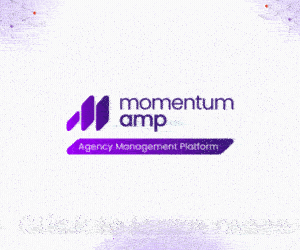Suppose you interview a new potential client, survey the premises, see all the furniture and equipment, then sit down to talk coverage. Suppose the insurance limit they ask for is inadequate to cover their personal property. Should you go ahead and obtain the limits they requested, or should you have a talk with them about the potential consequences from carrying too little insurance?
A Florida medical center located in a rental building bought commercial property insurance from a South Florida agency in the summer of 2011. The insured sought insurance to cover property, supplies, equipment and tenants’ improvements and betterments to the building. As a medical center, it had valuable diagnostic equipment, supplies for tests, exam room furniture, computers, and other types of contents normally found in such an operation. Yet, the amount of insurance they requested was $100,000, even though they acknowledged that they had spent much more than that purchasing the property.
The agent informed the insured that he would obtain a policy “that would cover and protect all the property, equipment, furnishings and improvements.” The policy eventually issued carried a $100,000 personal property limit, a 90% coinsurance condition, and a $1,000 deductible. It renewed on the same terms the following summer.
A few days after New Year’s, the sprinkler system in the building sprung a leak while undergoing maintenance. The resulting water spray damaged the walls, floors, baseboards, machinery and equipment to the tune of $260,000. The insured was well aware of how much insurance they were carrying; they submitted a claim and expected to receive $100,000. Instead, the actual claim payment was for only $16,562.67.
Either the insured did not understand or did not know about the 90% coinsurance condition. To their surprise, the insurer applied a penalty factor to the loss settlement calculation because the insurance limit was so far below the required minimum limit.
Facing an out-of-pocket expense of almost a quarter million dollars, the insured sued the building’s property management company and the company that performed the sprinkler system maintenance. While awaiting mediation and trial, the insured amended its lawsuit to include the insurance agency, alleging that the agency had been negligent in obtaining the policy and had breached its fiduciary duty to them. The agency argued that the insured had failed to allege facts sufficient to justify the lawsuit.
The trial court sided with the agency and dismissed the case, causing the insured to amend its complaint again, only to achieve the same result. It amended the complaint a fourth time, this time charging that the agent had failed to properly explain the potential impact of the coinsurance condition and that he should have known that the coinsurance penalty could wipe out much of a loss settlement. Once again, the trial court ruled for the agency, and this time the insured appealed to a higher court.
According to the insured, the agent had an obligation to explain the potential impact of the coinsurance condition on a loss settlement. They alleged that the agent failed to do that.
The appellate court found this to be a sufficient allegation to support a lawsuit. The insured, it said, had “specifically communicated its insurance needs” to the agent. The allegation that the agent obtained the policy requested without explaining that the insured needed different coverage was enough to support the lawsuit. The court reinstated the action and sent it back to the trial court for further proceedings.
Faced with this situation, the agency had options:
- It could have refused to obtain a policy for less than the minimum limit required by the coinsurance condition.
- It could have obtained the policy with the requested limit and provided the insured a written, detailed explanation of how the coinsurance condition would penalize them.
- It could have proposed coverage on a functional replacement cost basis, enabling the insured to buy a reduced limit without a coinsurance condition.
- It could have requested Agreed Value coverage.
The agency’s acceptance of the insured’s limit request without change left the insured susceptible to a coinsurance penalty and the agency vulnerable to an errors and omissions liability claim. With a little creativity, this lawsuit could have been avoided.












